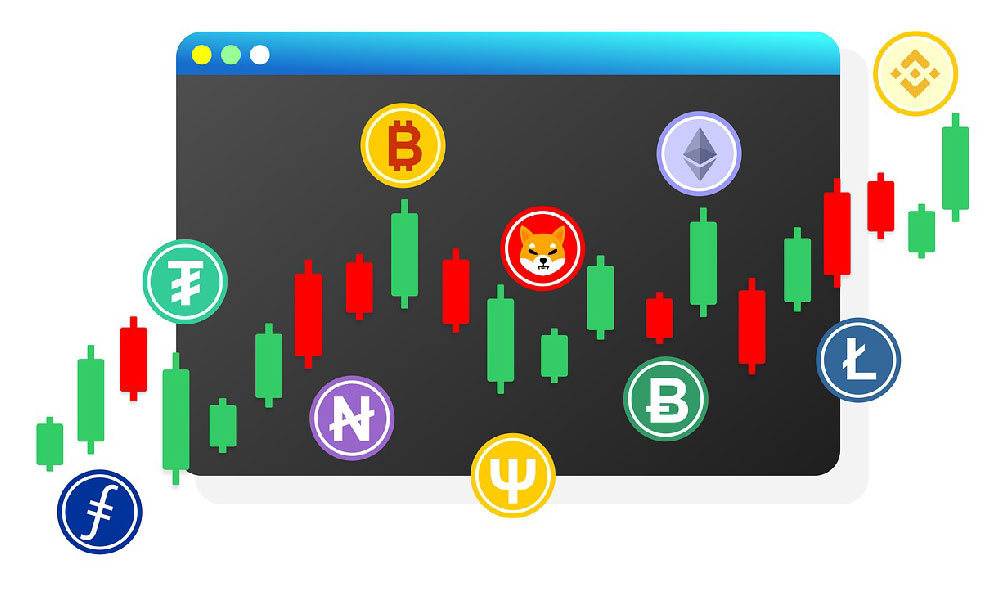The digital music industry has evolved into a dynamic ecosystem where creativity and financial opportunity intersect, offering a range of possibilities for individuals to generate income through online platforms. As streaming services, music production tools, and social media continue to reshape the landscape, the path to monetizing music online requires strategic thinking, technical know-how, and a nuanced understanding of market trends. Unlike traditional music distribution, which relied on physical sales and radio play, the modern approach leverages technology to create scalable revenue streams, but it also demands adaptability to navigate the complexities of digital rights, audience engagement, and platform algorithms. Success in this arena is not solely dependent on musical talent; it hinges on a combination of content quality, business acumen, and consistent effort. To explore this further, it is essential to consider the multifaceted opportunities available to musicians and creators, while also addressing the challenges inherent in this competitive field.
One of the most accessible routes for earning money through music online involves leveraging streaming platforms that offer revenue sharing models. Services like Spotify and Apple Music allow artists to monetize their work by generating income through play counts, though the per-stream payout remains relatively modest. For instance, Spotify's average rate for artists is around $0.003 to $0.005 per stream, which can accumulate over time but often requires significant exposure to make a substantial impact. Additionally, YouTube’s ad-supported model provides another avenue, where creators earn money based on views and engagement. However, these platforms are not without their drawbacks. The volatility of ad revenue, coupled with the need for consistent content production, can create income instability. A strategic approach would involve diversifying income sources by integrating multiple platforms and exploring alternative monetization methods such as brand partnerships, crowdfunding, or direct audience support through platforms like Patreon. This ensures that a musician’s earnings are not entirely dependent on a single service, mitigating the risk of sudden income fluctuations.
Beyond direct monetization of music, creating value-added content around music can unlock additional revenue streams. Many artists have found success by offering exclusive tracks, behind-the-scenes footage, or interactive experiences on platforms like Bandcamp or SoundCloud. These services often allow creators to set their own pricing and retain a larger share of profits, but they require a significant investment of time and effort to curate and promote content. Another approach involves developing music-related products such as merchandise, beats, or tutorials. For example, a producer might sell pre-made drum loops or sample packs on platforms like Loopmasters or Audiojungle, catering to aspiring music creators while maintaining profitability. However, this strategy necessitates a deep understanding of niche markets and the ability to continuously innovate to remain competitive. Moreover, the importance of branding cannot be overstated; establishing a cohesive identity and cultivating a dedicated fan base enhances the ability to monetize both music and ancillary products effectively.

Technology plays a pivotal role in maximizing the potential of online music revenue. Advanced tools such as digital audio workstations (DAWs), automated distribution platforms, and analytics software enable creators to streamline production, target audiences more effectively, and optimize content for different platforms. For instance, services like DistroKid or TuneCore allow artists to distribute their music to major streaming platforms with minimal effort, while tools like Echo Nest or Spotify for Artists provide insights into listener behavior and chart performance. These technologies not only improve efficiency but also empower creators to make data-driven decisions that align with their financial goals. However, reliance on technology alone is not sufficient; a balance between automated processes and personalized engagement is crucial. Regular interaction with audiences through social media, newsletters, or live streams fosters loyalty and drives repeat consumption, which is vital for long-term profitability in the digital music space.
The digital landscape also presents opportunities for investing in music-related ventures. This could involve funding independent artists, purchasing music copyrights, or supporting emerging technologies in the audio industry. For example, a strategic investor might identify undervalued artists with strong potential for growth and provide capital in exchange for equity or revenue shares. Such investments can yield significant returns if the artist gains traction, but they require thorough research and due diligence to mitigate risks. Similarly, acquiring music copyrights through marketplaces or auctions offers a way to generate passive income by licensing tracks for commercial use. However, the legal intricacies of copyright acquisition, including royalty rates and rights management, demand careful consideration to ensure profitability and compliance. A savvy investor would also explore opportunities in music education, such as creating online courses on music production, theory, or performance, which not only aligns with personal interests but also taps into a growing demand for accessible learning resources.
Ultimately, monetizing music online is a multifaceted endeavor that requires a clear vision, adaptability, and long-term commitment. The key lies in identifying viable opportunities, whether through direct content creation, strategic partnerships, or investing in music-related ventures, while also implementing robust financial planning and risk mitigation strategies. For example, setting aside a portion of income for reinvestment, maintaining a diversified portfolio of assets, and fostering a loyal community can help sustain growth in the face of market uncertainties. Additionally, staying informed about industry trends, such as the rise of AI-generated music or the expansion of virtual concerts, is essential for remaining relevant and exploring new avenues for profitability. By combining creativity with strategic financial planning, musicians and investors can unlock the full potential of the digital music economy, transforming their passion into a sustainable source of income.












